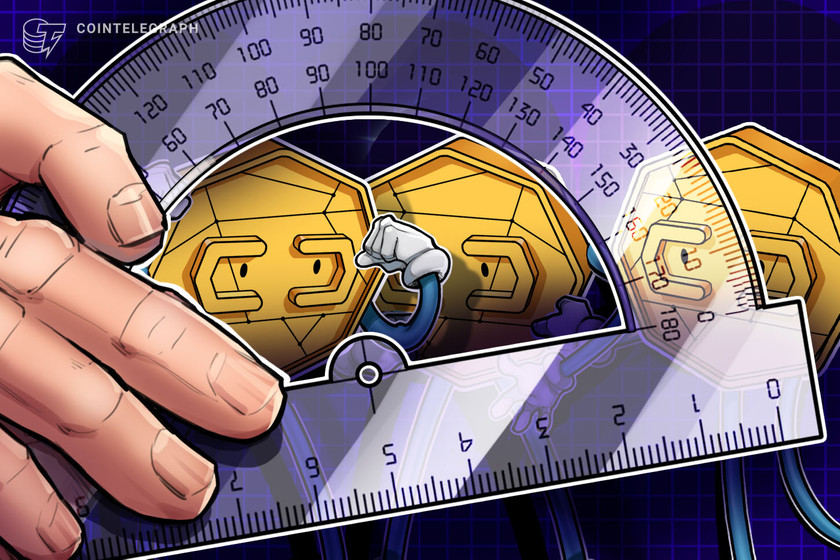3 key indicators traders use to determine when altcoin season begins


Clever traders frequently use these three indicators to pinpoint when an altcoin season could begin.
It’s widely accepted that the fate of the cryptocurrency market depends largely on the performance of Bitcoin (BTC), which makes times like these for crypto traders who prefer to invest in altcoins.
When BTC price is down, altcoins tend to follow, but as a bottoming process begins, altcoins tend to perk up during Bitcoin’s consolidation phases and this typically leads to a call for an altcoin season. While Bitcoin’s current dip below $30,000 shows that it’s a bit premature to call for an altseason, analysts are still charting a variety of different outcomes that point to an altcoin season. Let’s have a look.
ETH/BTC price action could be an early indicator
Insight into the possibility of an altcoin season using the ETH/BTC chart as an indicator was discussed by analyst and pseudonymous Twitter user PlanDeFi, who posted the following chart comparing the 2016 to 2017 performance of ETH/BTC against the pair’s performance in 2021–2022.


PlanDeFi said,
“Looks damn similar, right? Accumulation>Breakout>Ascending Channel>Breakout. The market is bigger now — it just takes longer.”
Based on the projection provided, the next altseason could kick off sometime after the start of July and it has the potential to extend through the end of 2022.
A 2017 fractal suggests an altseason is imminent
Further evidence that the market may be approaching an inflection point was provided by El_Crypto_Prof, who posted the following chart looking at the history of the altcoin market capitalization.


El_Crypto_Prof said,
“When it comes to altcoins, I can see the following scenario playing out. There are just too many similarities with the previous cycle. RSI also looks incredible. The next wave up will leave many behind.”
Related: Fed money printer goes into reverse: What does it mean for crypto?
The market is firmly in “Bitcoin Season”
While fractals are pleasing to the eye and give hope to disillusioned traders, most fail to materialize and they are not accurate analysis methods to rely on when trading.
The Altseason Indicator provides a more metrics-based method for predicting when the market is in “Bitcoin season” and “altcoin season.”


According to the chart above, it does not appear as though an altseason is likely to happen anytime soon because the metric is currently providing a readout of 24, while the level needed to signify an altseason is 75.
Based on the past performance of the index, it has taken a minimum of two to three months for it to climb from the area indicating that it is Bitcoin season to the altcoin season level. Current projections, according the the indicator, suggest that an altcoin season might not start until August or September 2022.
The views and opinions expressed here are solely those of the author and do not necessarily reflect the views of Cointelegraph.com. Every investment and trading move involves risk, you should conduct your own research when making a decision.























